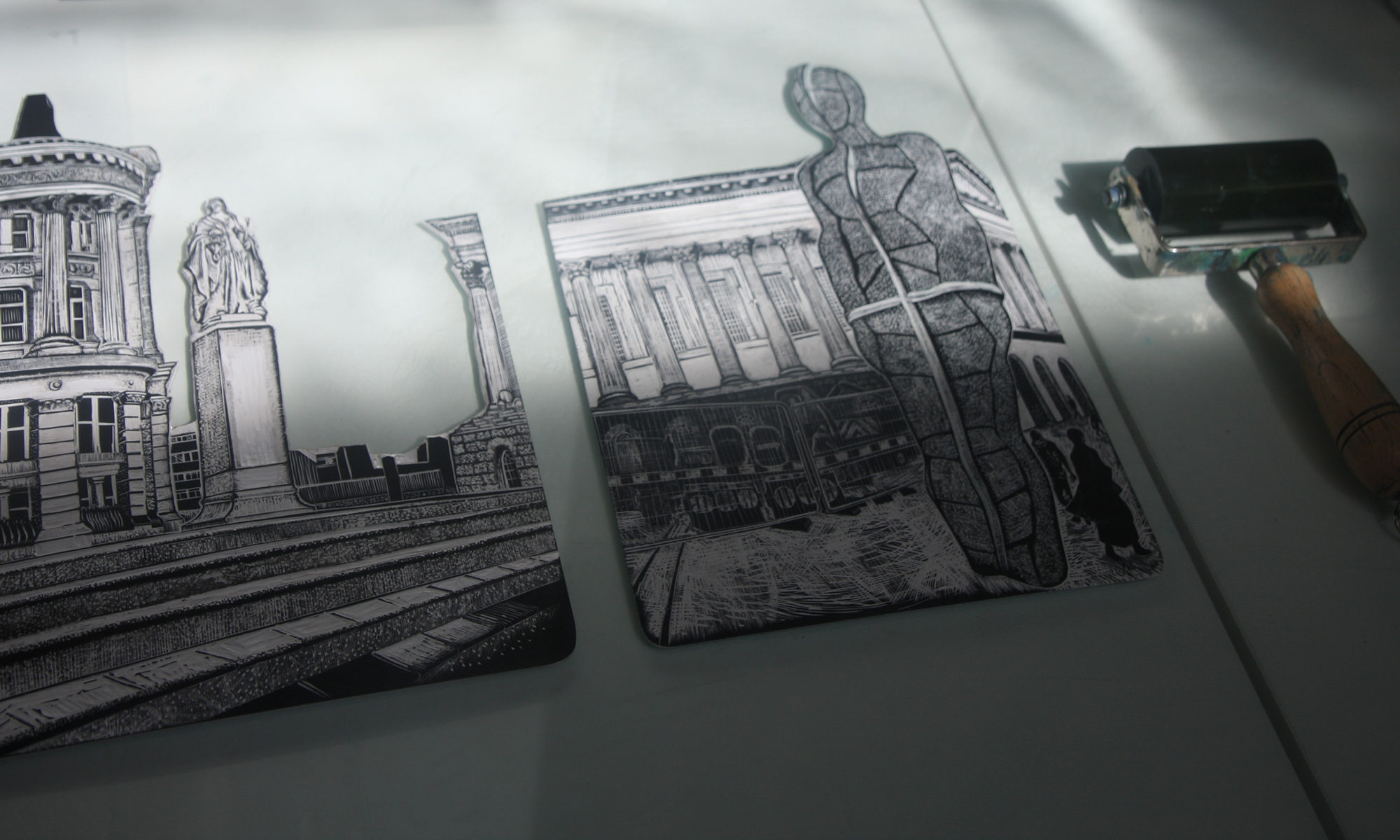What is the difference between a giclee reproduction print and an original print?
I am now offering giclée reproductions of my original prints, but what is the difference between them? This is perhaps a more controversial question among printmakers (and collectors) than you might think. In the case of my own practice I will explain, but it is not a comprehensive answer for all forms of printmaking.
If you are lucky enough to see one of Hiroshige’s 100 Views of Edo in the flesh at the Brooklyn Museum of Art for example, you will see the actual print that was created from the carved wood-blocks. There may be subtle variations in how the ukiyo-e artisans applied inks to the block from one print to the next. The impression of the block may have left a slight indentation in the paper. There may be an element of acceptable accident unique to this specific print. After seeing the original print, you visit the museum shop and see the same image reprinted and for sale as a giclée art print. And then you see it reprinted on a scarf, a mug, and a fridge magnet. It is essentially an image or reproduction of the original print, usually created by a high-quality scan or photograph.
The word print is something of a confusing misnomer when applied to original prints. Yes, they are reproducible, but the act of printing it is an art form in itself; as intrinsically a part of the artwork as for example throwing a pot can be in ceramics.
Confusingly, giclée prints can often be very high quality, printed using the best that technology has to offer in the form of inks and papers. They can also be signed by the artist and limited, borrowing from the oeuvre of hand printed originals. In my case, I sign giclée prints but I do not limit them to an edition.
All of my prints are available as giclées and are printed to order. Some of them only exist as giclées because during lockdown I have started to create my prints by scanning different layers and combining them digitally. This means that I use the engraved plates and the textures of printmaking but I don’t make the original prints. My hope is that when the situation is more manageable I will use the carved plates to make them into original prints then.


